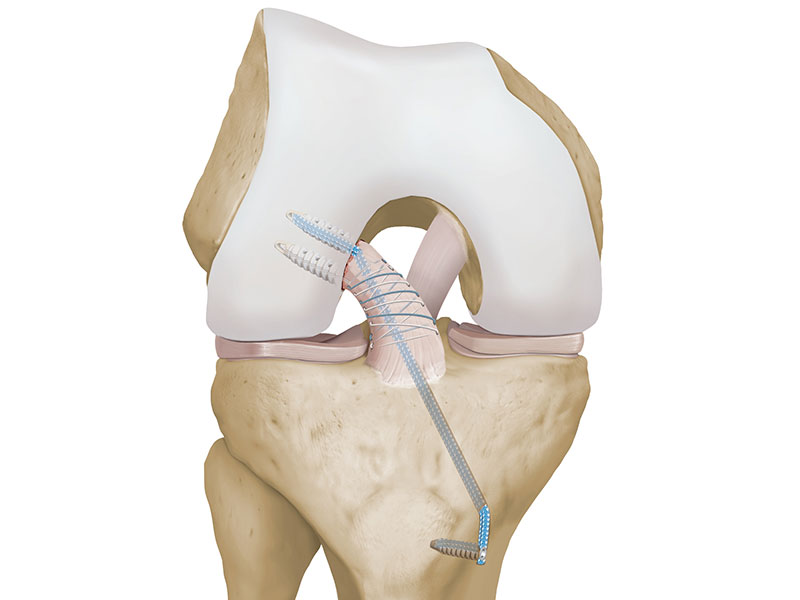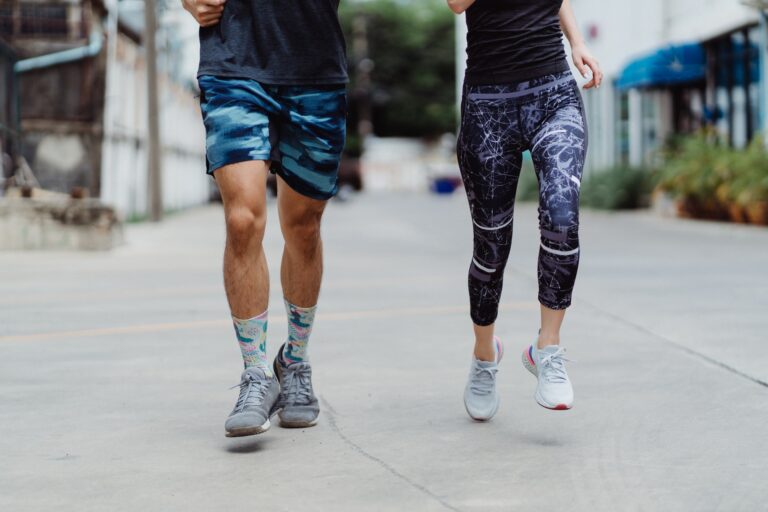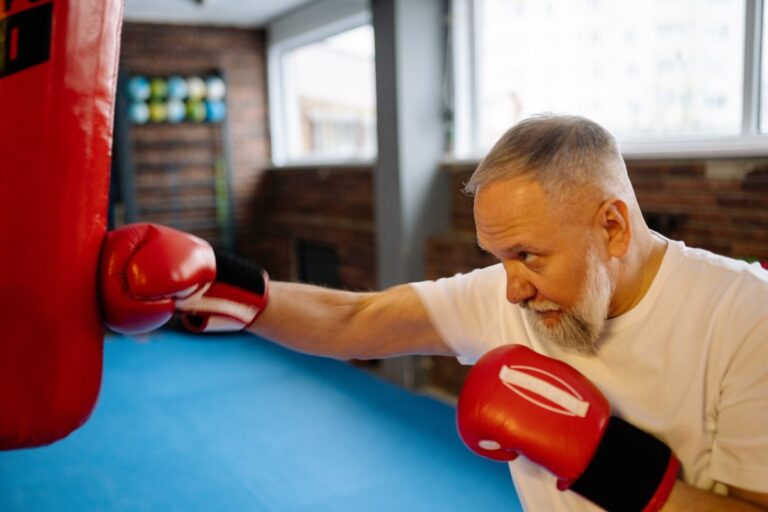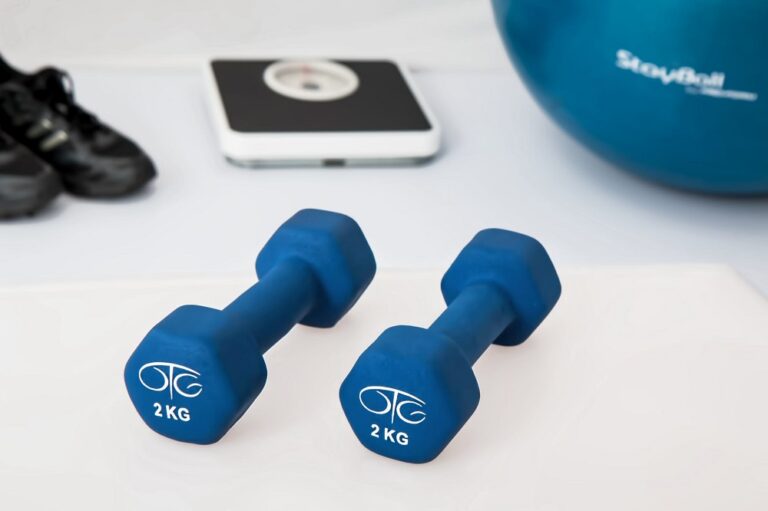Synthetic grafts for use in ACL reconstruction
Synthetic grafts for ACL reconstruction were first introduced in the early 1980’s, however, they are rarely used.
These first generation grafts showed initial promise with short term follow up, but had a high failure rate in the long run.
The strongest and most popular graft at the time, the Gore-Tex graft, was taken off the market in 1993 because of its high rate of failure and complications.
However, second generation synthetic grafts, such as the LARS ligament led to a resurgence of their use in the early 2000’s.
—– Learn about other types of grafts used in ACL reconstruction here —–
LARS grafts
The acronym stands for Ligament Advanced Reinforcement System. It was developed in France and is composed of polyethylene terephthalate. It has a load to failure of 2500 N, well above the strength of a normal ACL.

Its intra-articular portion (the portion that remains within the knee) is designed to allow for soft tissue ingrowth from the surrounding knee, which would hopefully prevent the complications seen with earlier synthetic ligaments, although there is limited evidence that shows this.
One recent study showed that significant tissue ingrowth only occurred in a small percentage of cases, and when it didn’t occur, there was evidence of wear particles and foreign body reaction to these particles.
The main advantage of the LARS ligament is that is can allow the patient to return to competitive sports more quickly. Reports have shown elite athletes returning to sports within 2-3 months of surgery, compared to an average of 12 months when using biological tissue (auto- or allo-grafts).

An example of this would be an Olympic caliber ski racer tearing their ACL in training 3 months before the Olympics and then undergoing ACL reconstruction with a LARS ligament to give them with a chance at still competing.
This patient must be aware however, that the synthetic ligament is just a short-term solution as the odds of it eventually failing are quite high in this patient population.
Research into the outcomes of the LARS ligament unfortunately involves studies of low-level evidence, involving small numbers of patients. It is questionable whether or not the ligament will stand up over long periods of time, as it is a synthetic material which can wear out as we have seen with artificial hip and knee replacements. The LARS ligament is also costly, which would prohibit its routine use as a graft source.
InternalBrace Ligament Augmentation
This is a high molecular weight polyethylene tape, which can be used to augment or reinforce an allo- or auto-graft.
As the name implies, its purpose is to act as an internal brace for the graft as it is biologically incorporating, allowing the patient to undergo early rehabilitation without fear of the graft stretching out as it heals.
It could be considered for an autograft hamstring tendon graft that is of small diameter (<8mm).
—– Learn more about the hamstring tendon autograft here —–
However, it does involve a significant extra cost, so it is probably not something that would be used routinely.
There have been some early promising results with this technique, but with only small numbers of patients and short follow up.
Contributing expert

Dr Greg Buchko, Orthopaedic Surgeon








